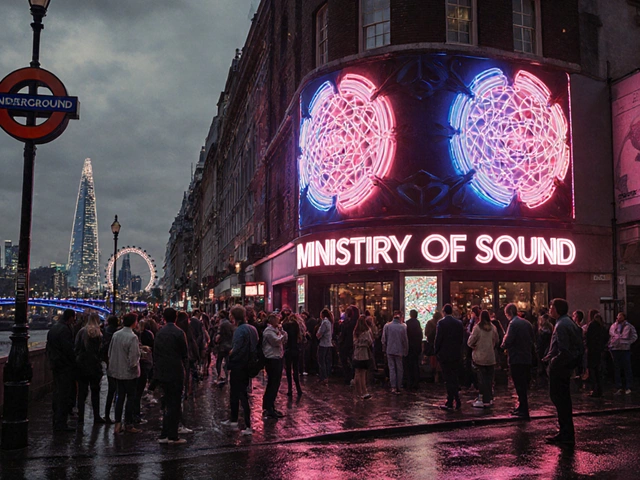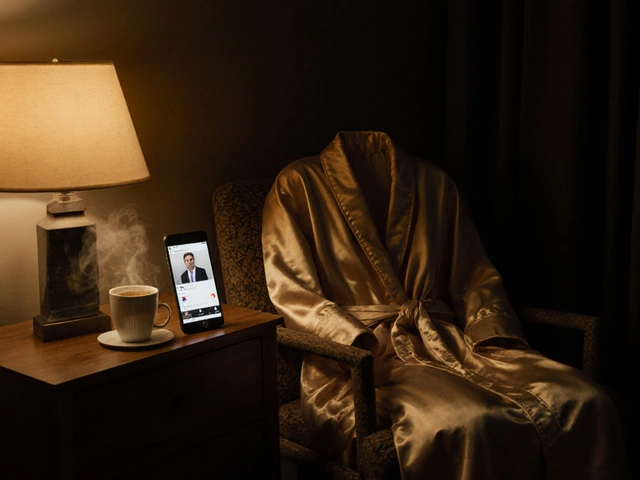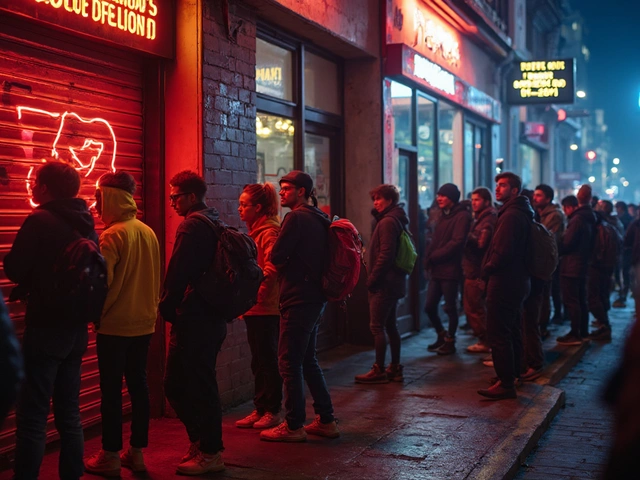Dance Music History: How London’s Clubs Shaped a Global Sound
When we talk about dance music history, the evolution of rhythmic, beat-driven music that fueled underground scenes and global festivals. Also known as electronic dance music, it’s not just about DJs spinning tracks—it’s about the spaces where people found freedom, identity, and connection. This isn’t a story that started in a studio. It began in basements, warehouses, and late-night clubs where rules didn’t exist and the music was the only law.
London’s dancе music history, the cultural movement tied to nightlife, youth rebellion, and sonic innovation in the UK capital didn’t just follow trends—it set them. In the 1980s, acid house exploded out of illegal raves and turned into a movement. By the 1990s, Fabric nightclub, a legendary Bermondsey venue known for its uncompromising sound system and deep techno and house roots since 1999 became a pilgrimage site for purists. Meanwhile, Heaven Nightclub, London’s iconic queer nightlife landmark that’s hosted drag queens, club kids, and dance floors that never slept for over 45 years proved that dance music wasn’t just about the beat—it was about belonging. And then there’s Electric Brixton, a South London hub where grime, reggae, and bass-heavy sounds fused into something raw, real, and unmistakably London. These aren’t just venues. They’re time capsules.
What you’ll find in the posts below isn’t a list of clubs. It’s a map of how music, place, and people shaped each other. You’ll read about how technology changed entry lines and lighting, how gentrification pushed scenes underground, and why some nights still feel like rebellion. You’ll see how dance music history isn’t locked in the past—it’s alive in the bass thump of a Friday night in Shoreditch, the echo of a vocal in a Brixton basement, and the way a crowd moves as one when the drop hits. This is the real story—the one that doesn’t show up on tourist brochures. And it’s all right here.
- Nov 16, 2025
- Posted by Astrid Kensington
The Ministry of Sound Nightclub: How London’s Iconic Club Shaped Global Dance Music
Ministry of Sound in London transformed from a derelict ice rink into a global dance music hub. With its legendary sound system and curated bookings, it shaped UK club culture and remains a living archive of electronic music history.




